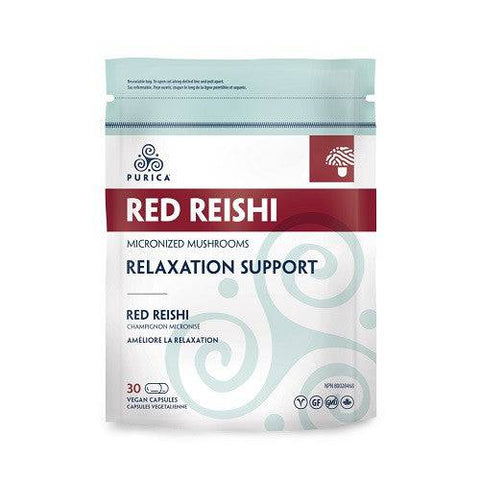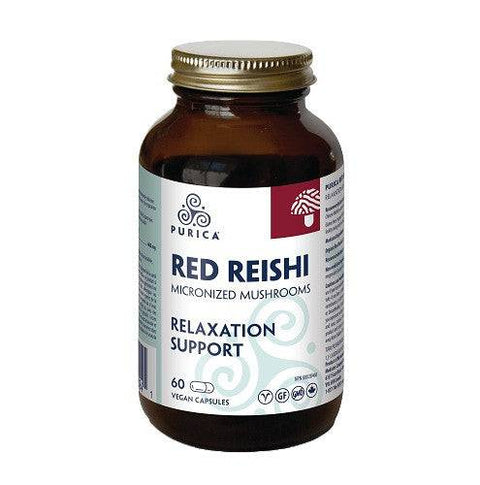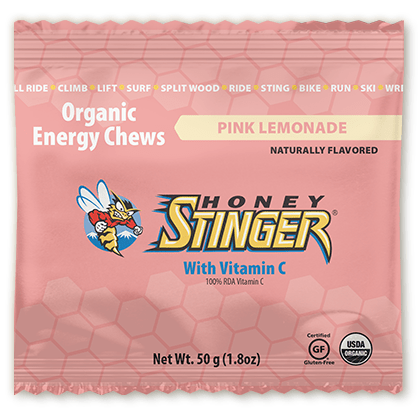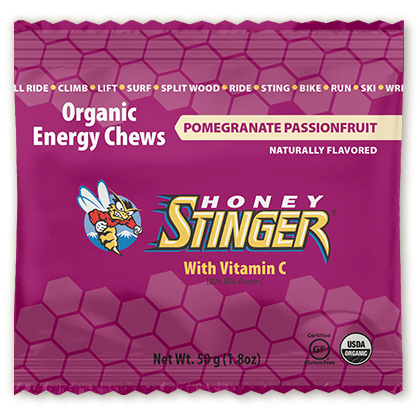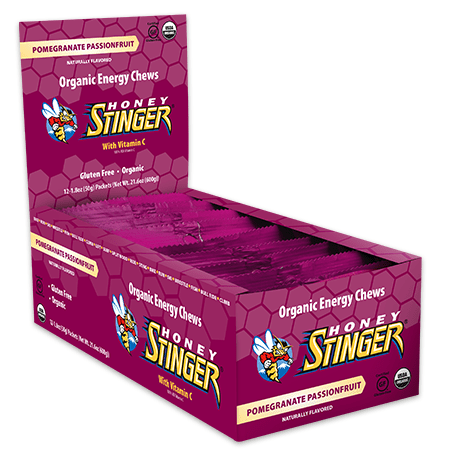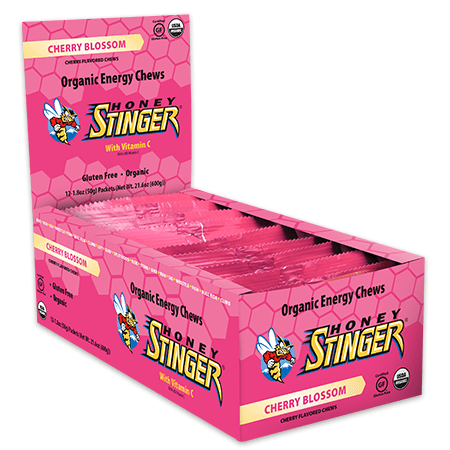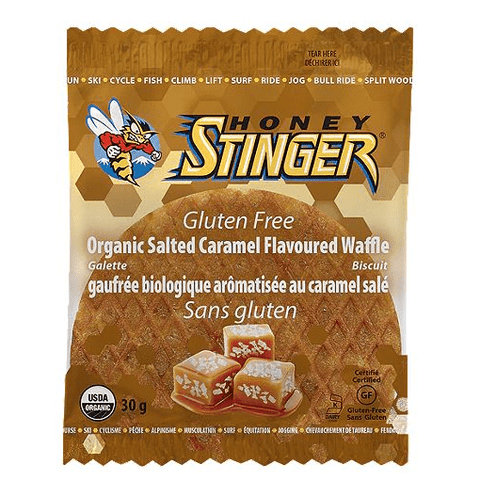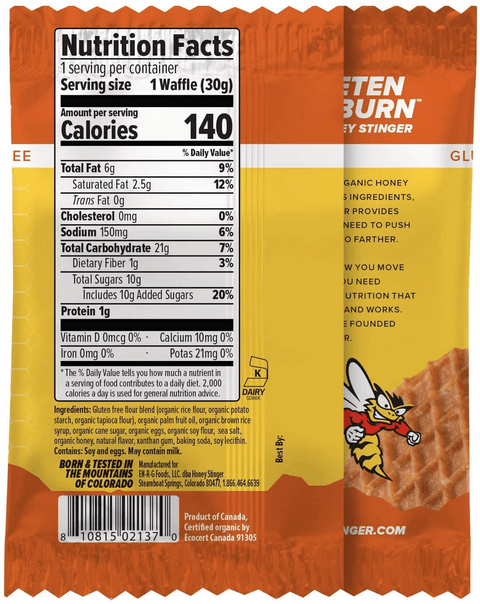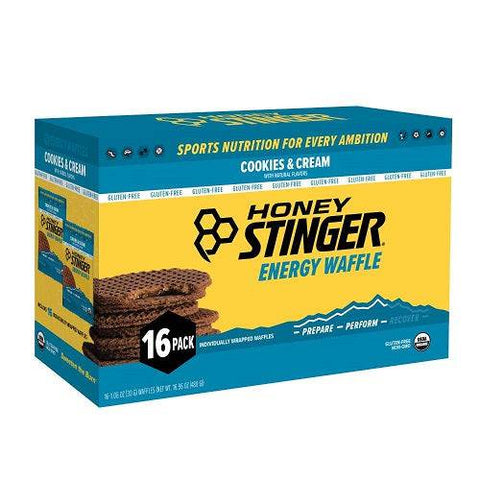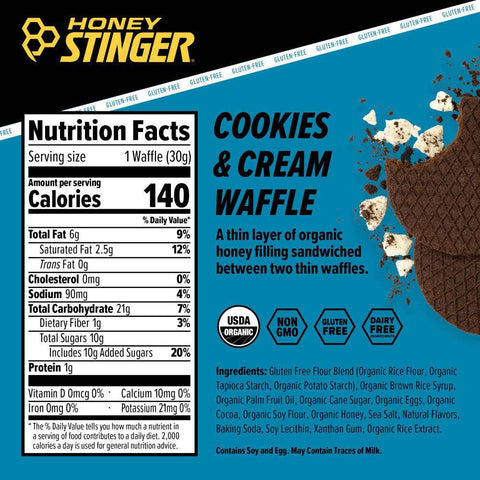Energy bars are compact, portable food bars designed to provide a quick and convenient source of energy. Here's a look at what makes them up:
Ingredients:
- Base: Often oats, dried fruit, nuts, seeds, or a combination.
- Energy source: Typically carbohydrates from simple or complex sources like grains, fruits, or added sugars.
- Protein: May be included for added satiety and muscle building, coming from sources like whey, soy, or nuts.
- Fats: Can be included from healthy sources like nuts, seeds, or nut butters.
- Sweeteners: May be natural (honey, maple syrup, dates) or artificial (sugar alcohols).
- Binders: Hold the bar together, often made with minimally processed ingredients like starches or gums.
- Flavorings: Natural or artificial flavors to enhance taste.
Flavor:
Energy bars come in a vast array of flavors, from classic chocolate chip cookie dough to fruity options like mixed berry or cherry pie.
Texture:
The texture can vary depending on the ingredients. Some bars are chewy, while others are crunchy or granola-like.
Nutritional content:
- Energy source: This is the key focus, typically consisting of carbohydrates for quick energy.
- Caloric value: Ranges depending on size and ingredients, but generally between 150-350 calories per bar.
- Protein: Content varies, with some bars offering significant protein (10-20g) and others focusing solely on carbs.
- Other nutrients: May contain fiber, healthy fats, vitamins, and minerals.
Packaging:
Energy bars are typically individually wrapped for on-the-go convenience and to maintain freshness.
Energy source:
Carbohydrates are the primary energy source, with simple sugars for a quick energy boost and complex carbs for sustained energy.
Caloric value:
Consider your needs. Higher calorie bars are good for pre-workout or long hikes, while lower calorie options suit mid-morning snacks.
Sweeteners:
Similar to protein bars, some are naturally sweetened, while others use sugar alcohols. Be mindful of potential laxative effects from sugar alcohols.
Additives:
Some bars may contain preservatives, artificial flavors, or colors. Look for bars with minimal ingredients if you prefer a more natural product.
Allergens:
Always check the label for allergens like peanuts, soy, gluten, or dairy.
Certification:
Some bars may be certified organic, non-GMO, vegan, or kosher depending on the brand and ingredients.
Target audience:
Energy bars are marketed to a wide range of people, including athletes, busy professionals, hikers, campers, and anyone seeking a convenient and portable source of energy.
Product variations:
- Caffeinated: Include added caffeine for an extra energy boost.
- Gluten-free: Made with ingredients that do not contain gluten.
- High-fiber: Contain added fiber for digestive health and satiety.
- Low-sugar: Made with minimal added sugar or sugar alcohols.
- Sugar-free: No added sugars, but may contain sugar alcohols.
- Vegan: Made with plant-based ingredients and no animal products.
On-the-go convenience:
Energy bars are perfectly sized for stashing in a backpack, purse, or gym bag, making them a great option for a quick and easy snack whenever you need a boost.


